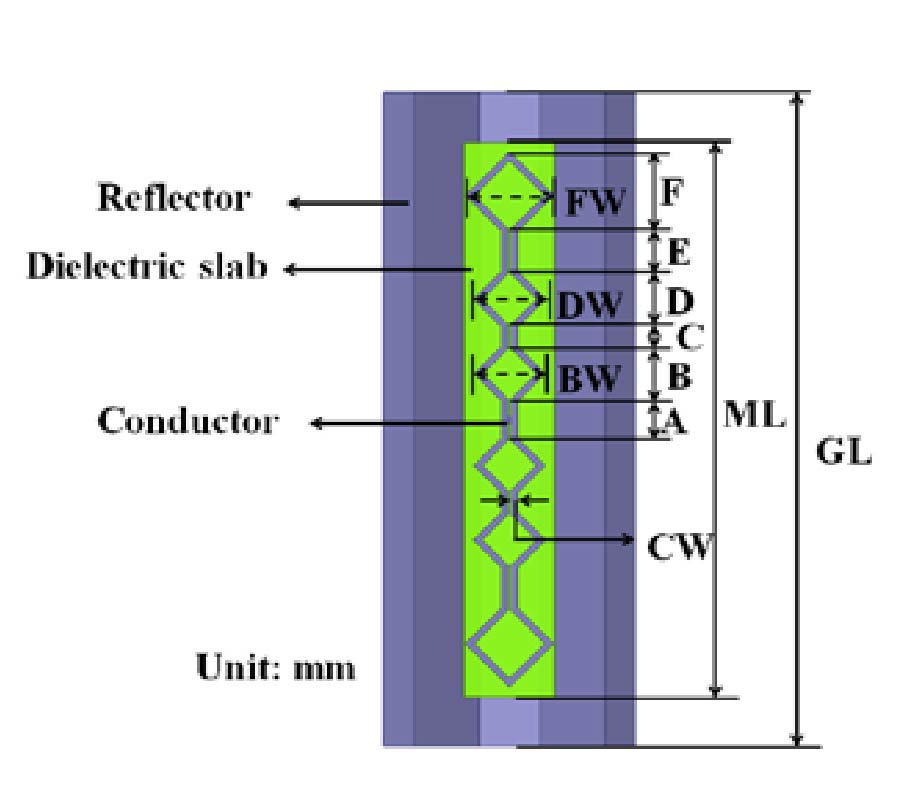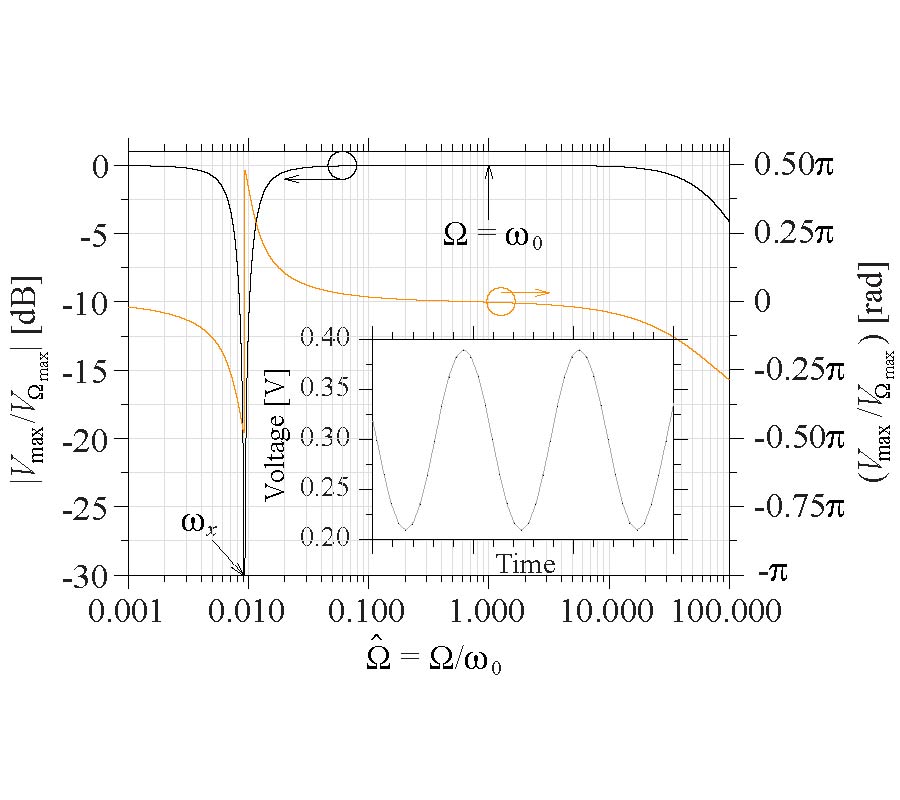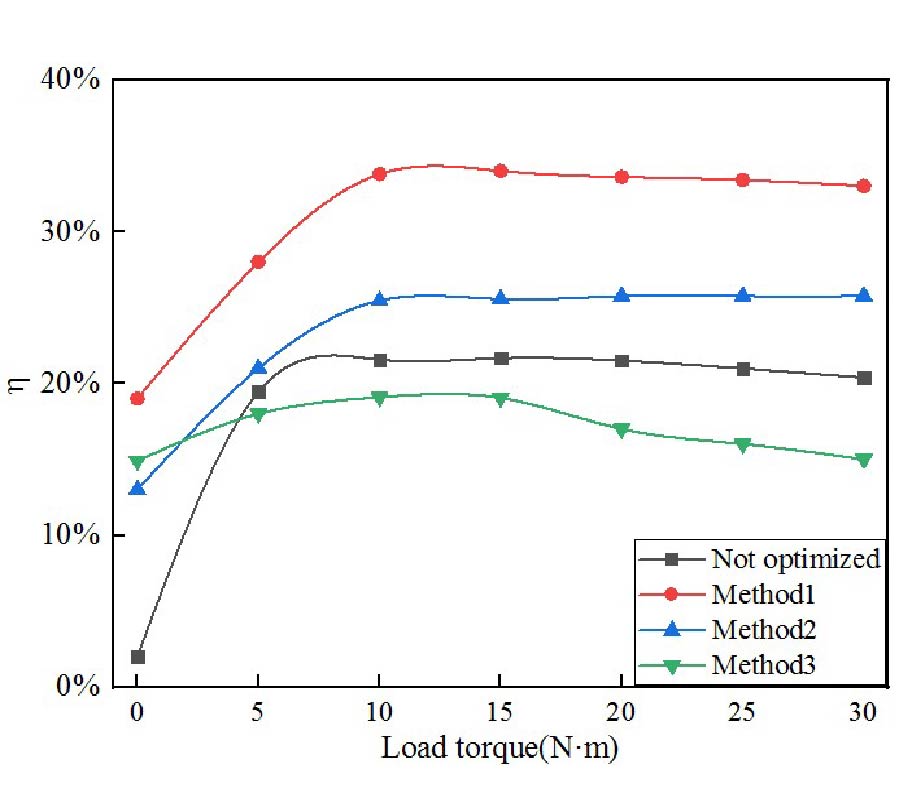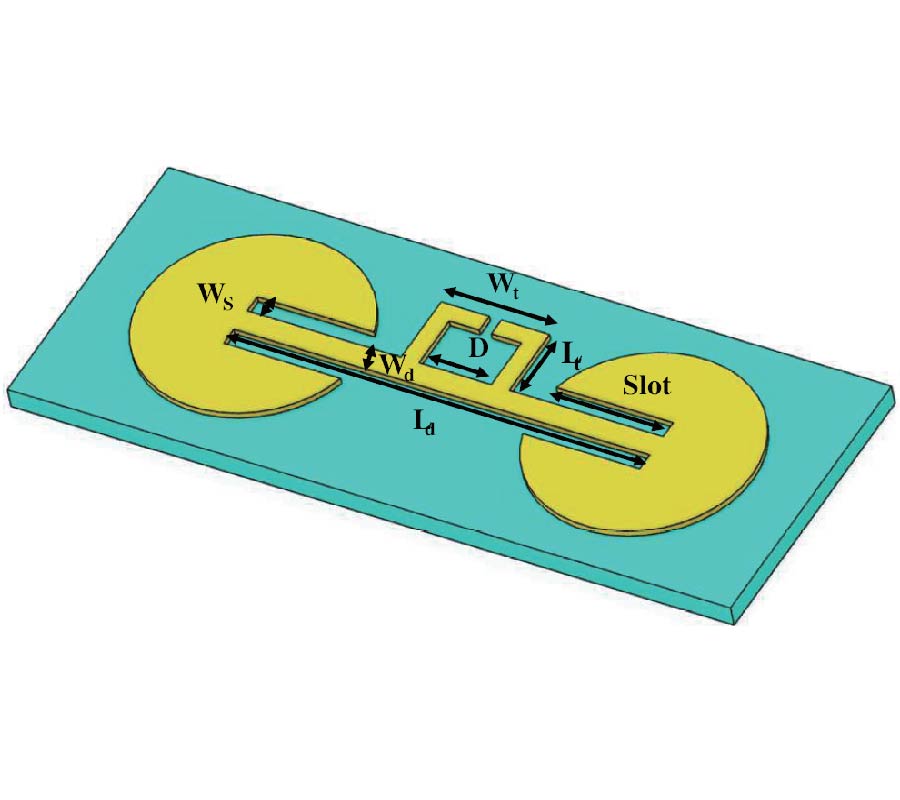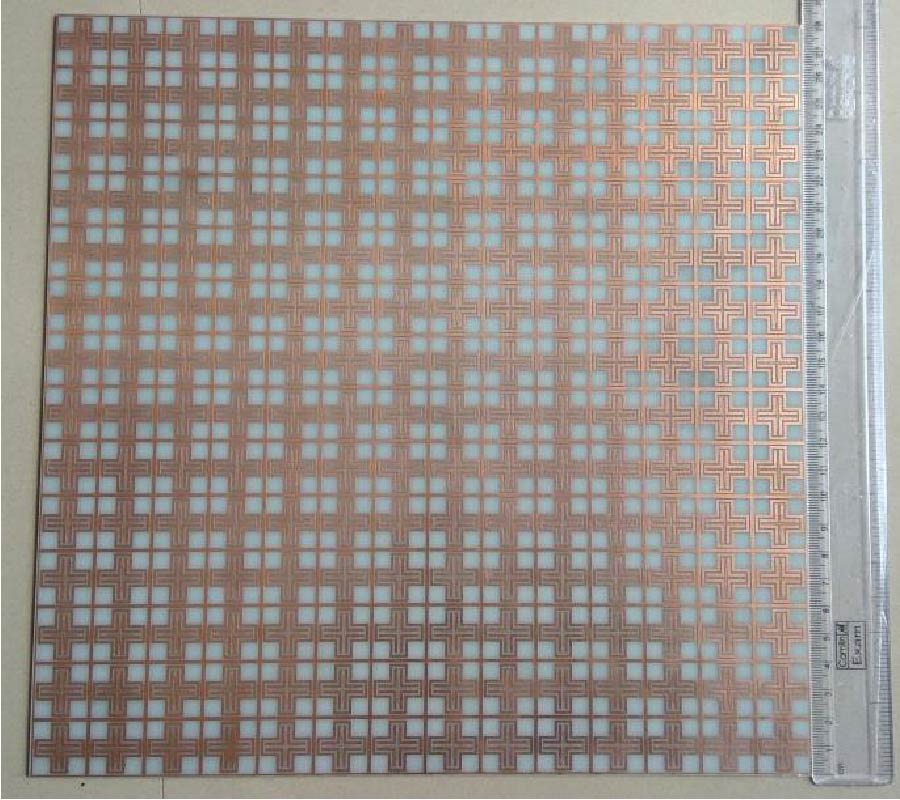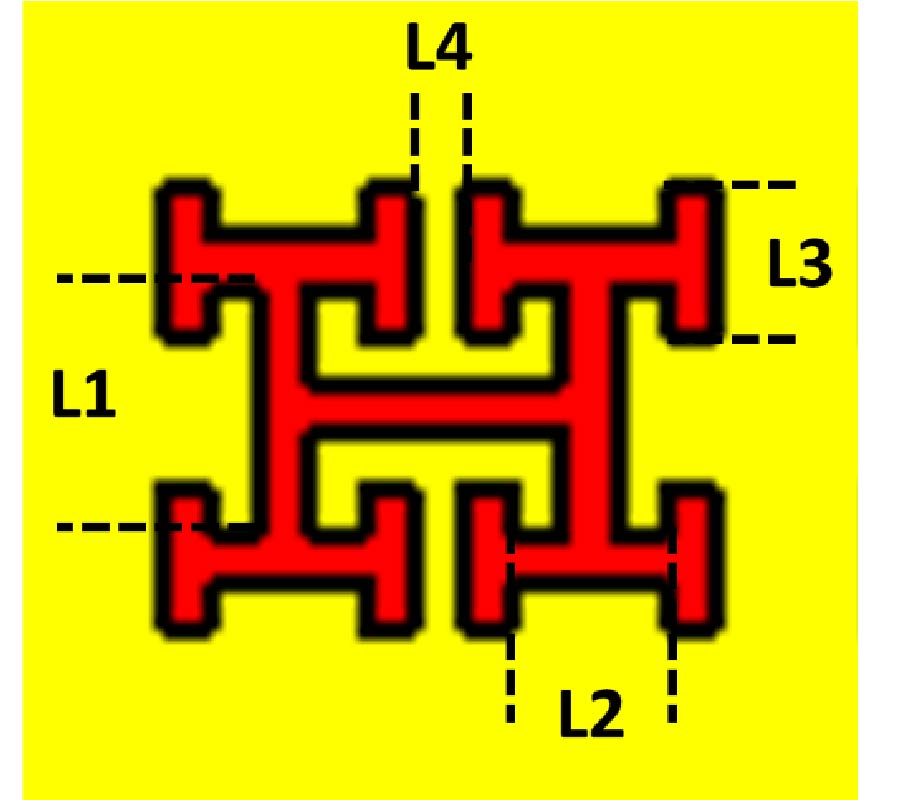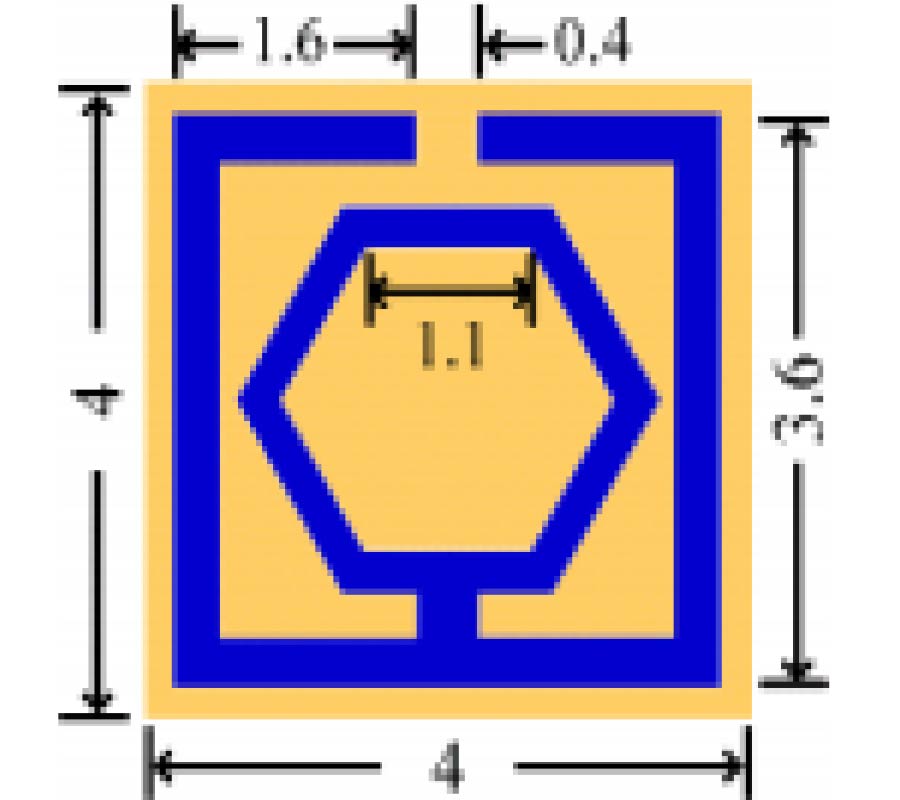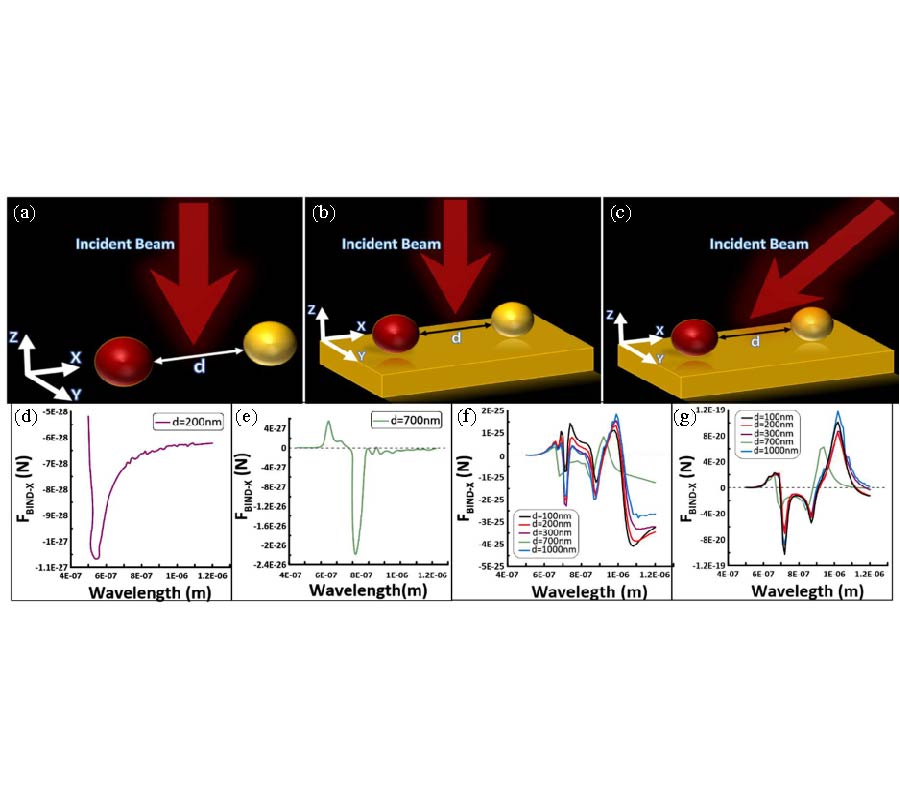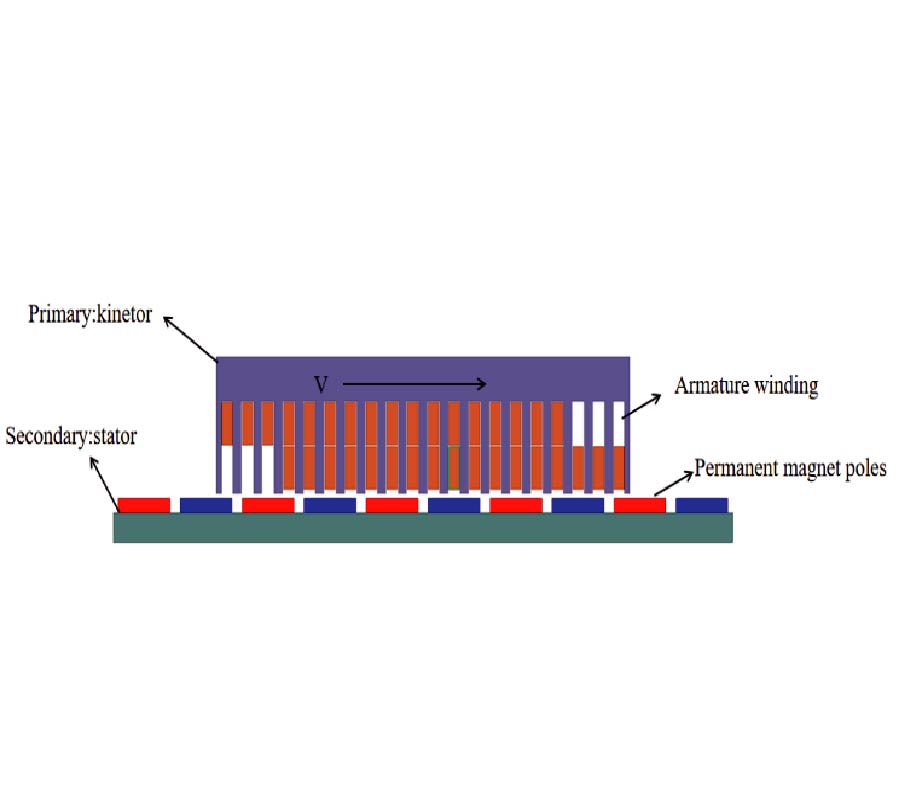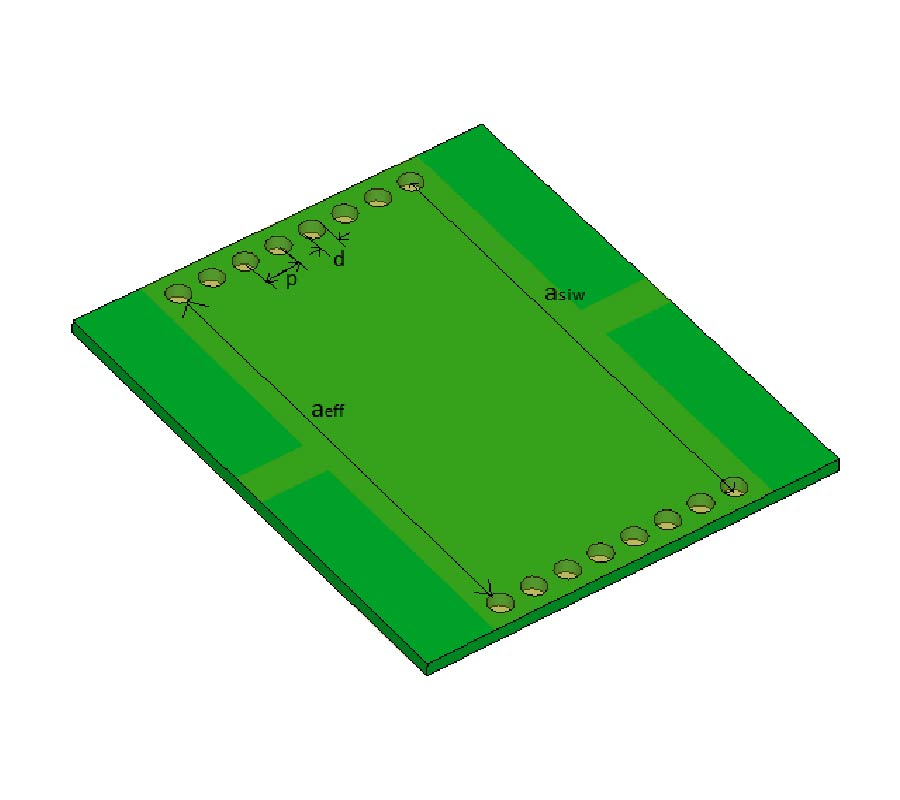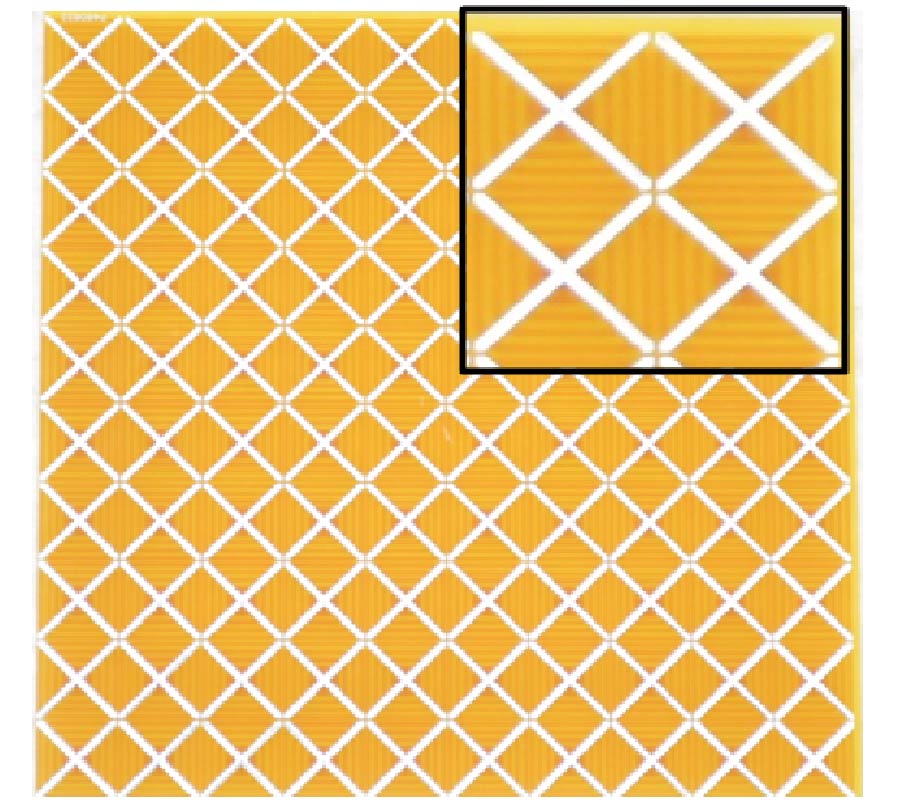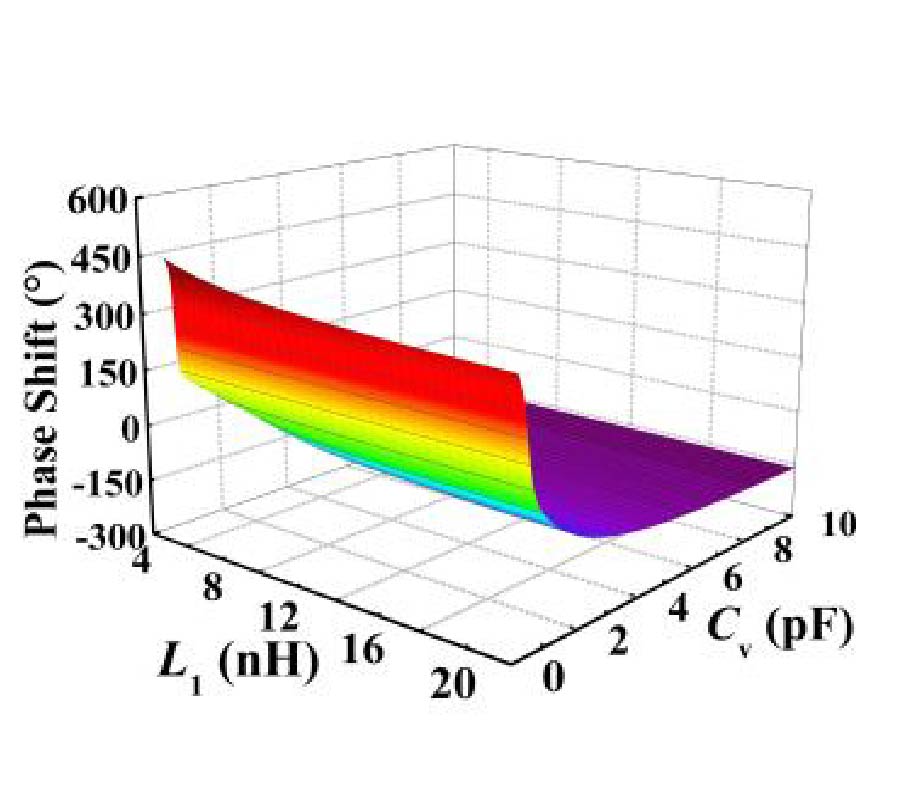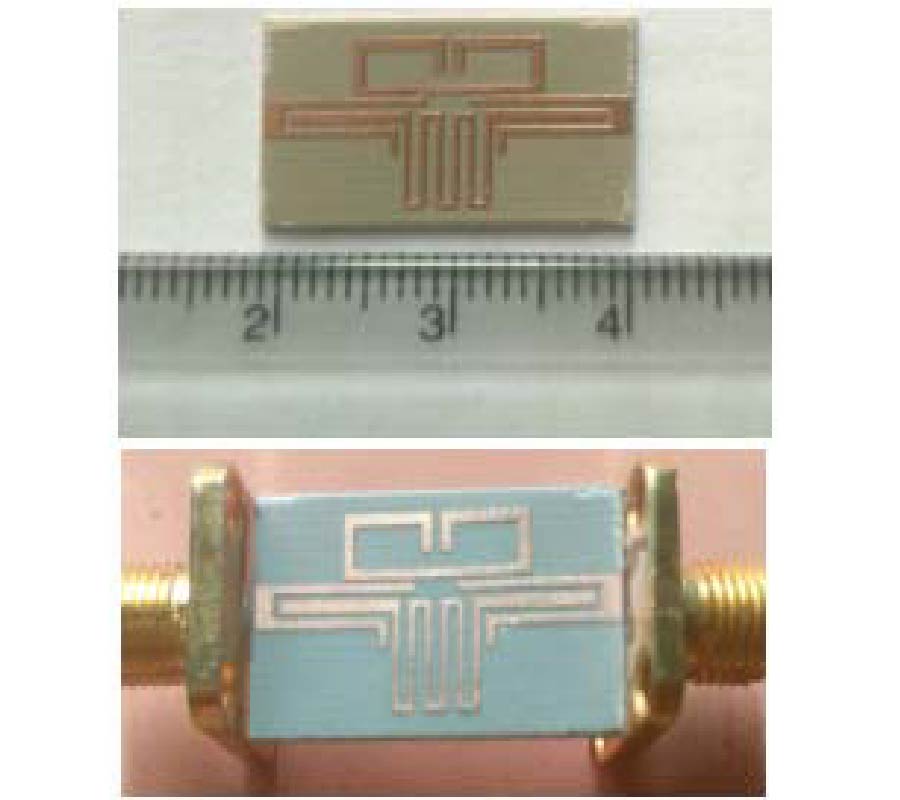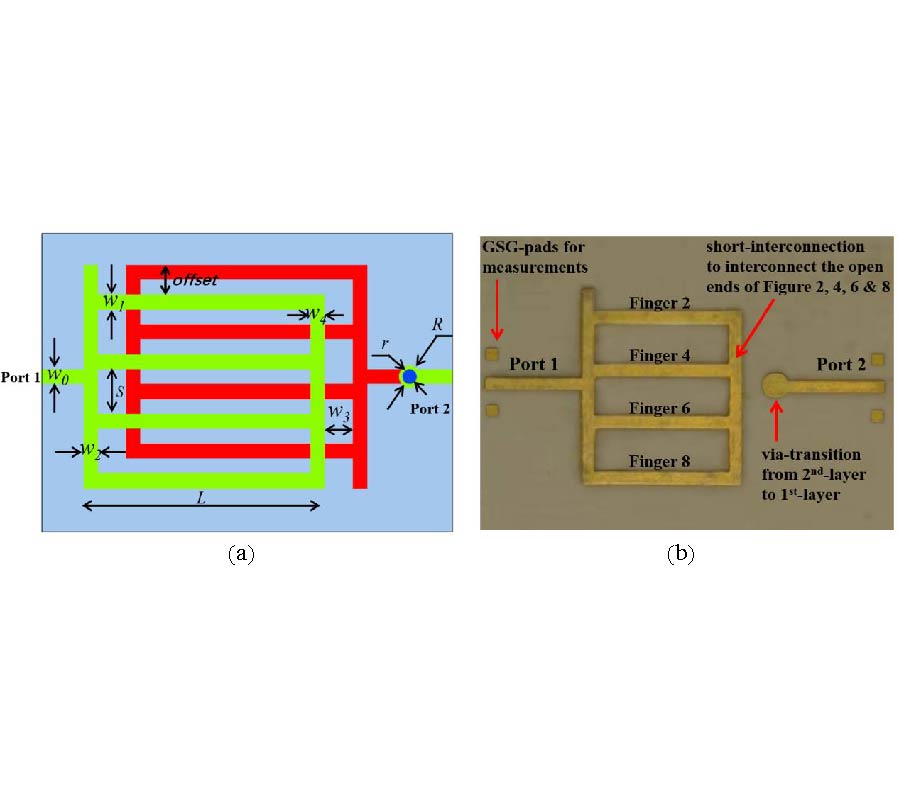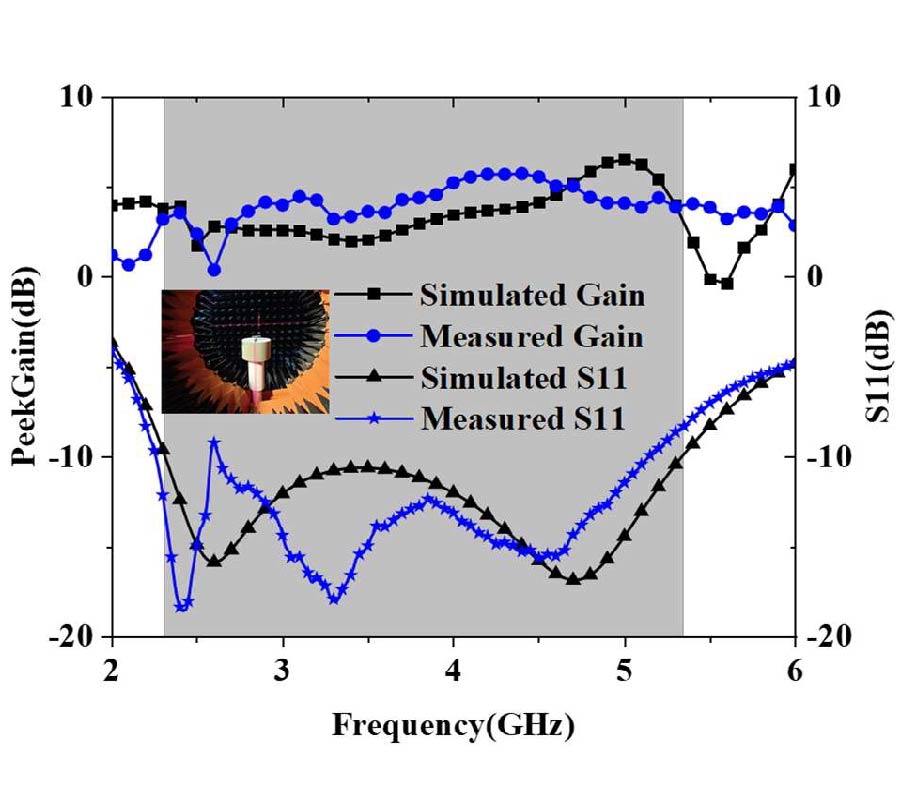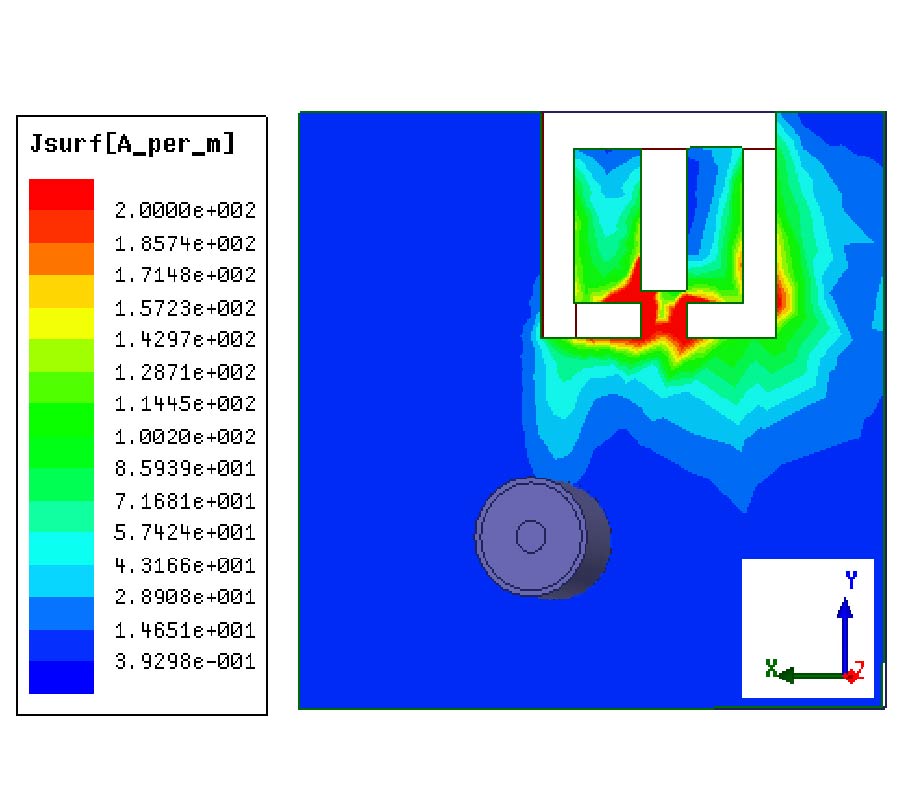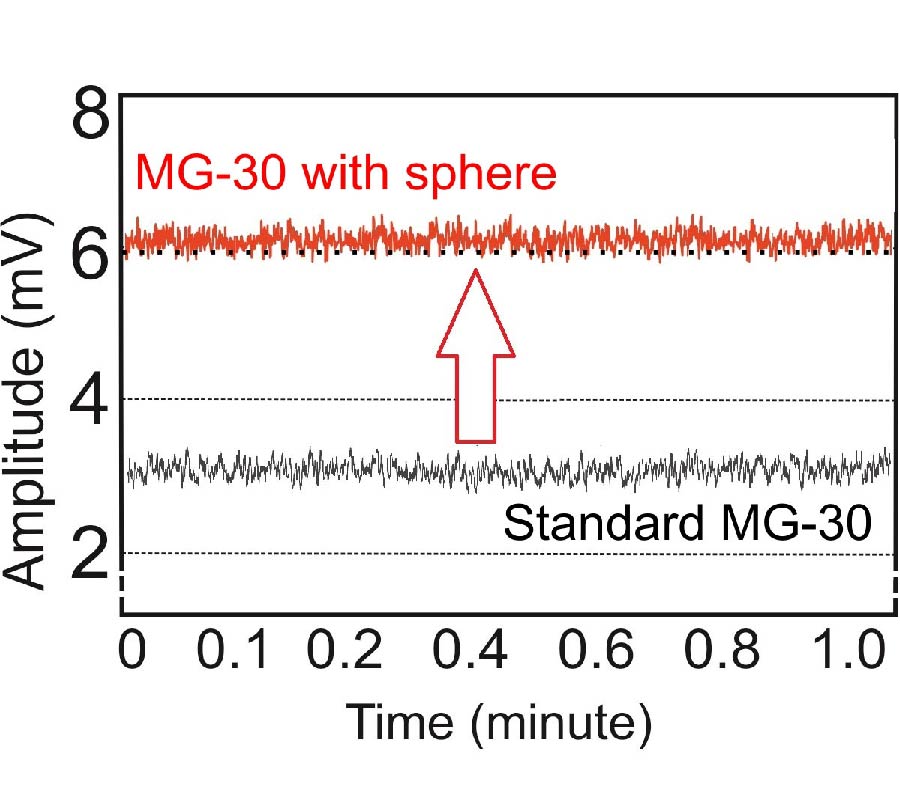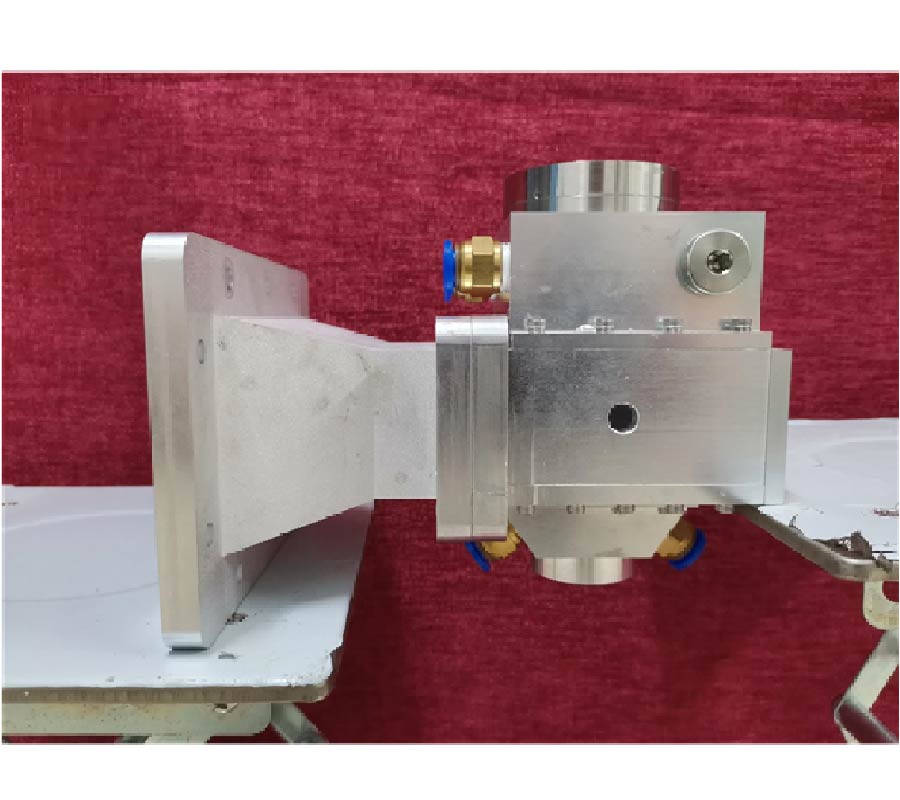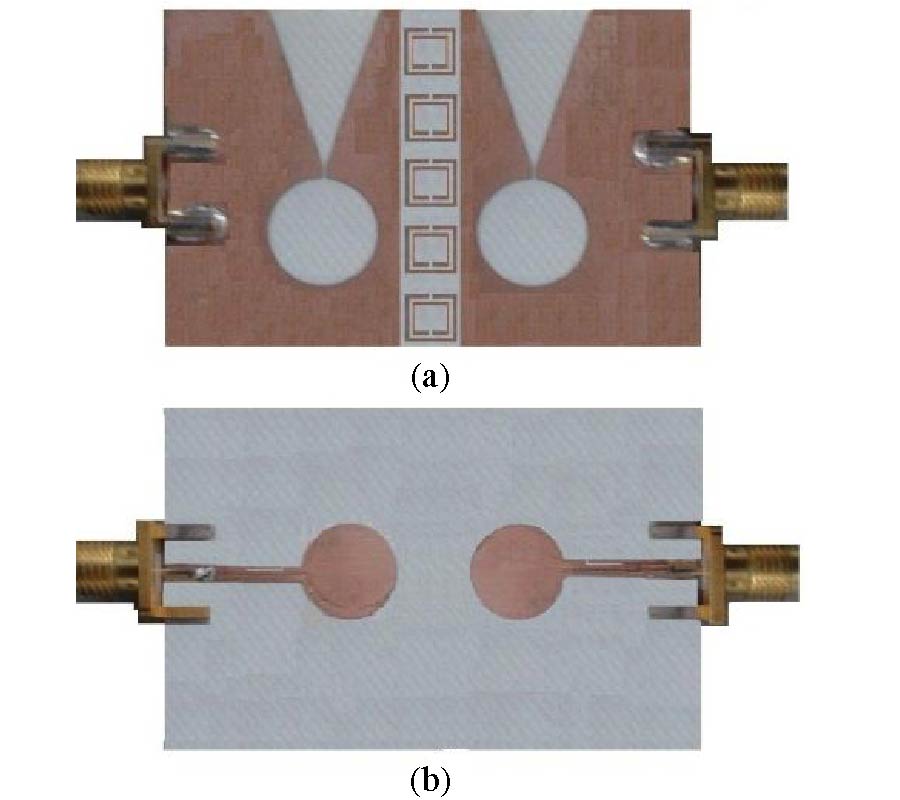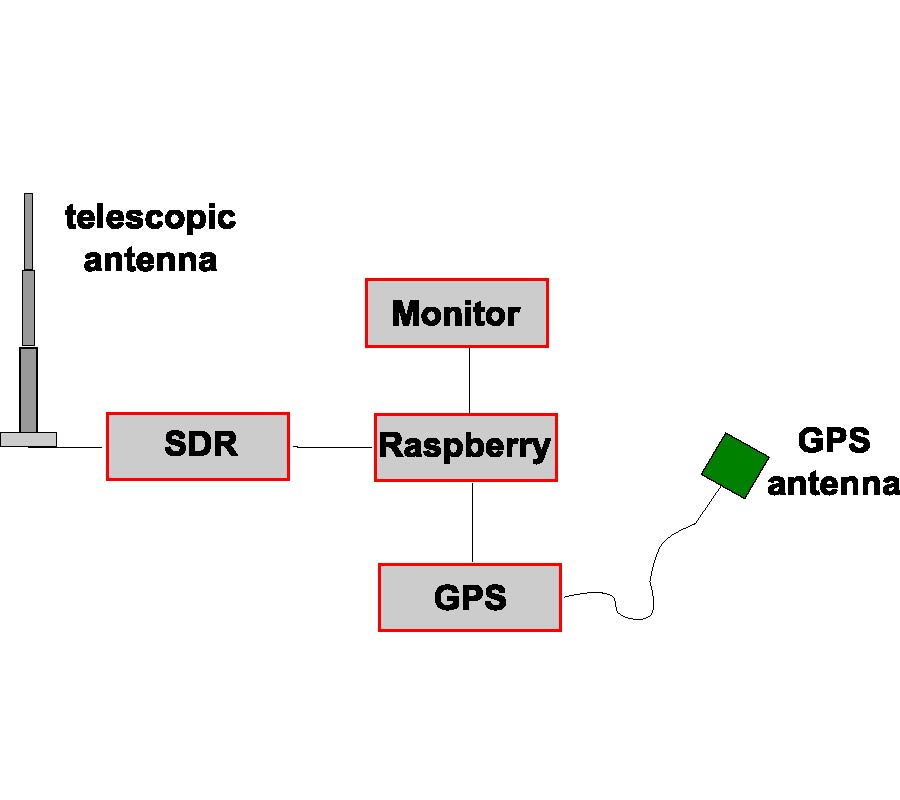Design and Measurement of Triple h-Slotted DGS Printed Antenna with Machine Learning
Mohammed Farouk Nakmouche,
Abdemegeed Mahmoud M. A. Allam,
Diaa E. Fawzy and
Mahmoud Abdalla
This paper presents the design and measurements of a dual-band Triple H-Defected Ground Structure (Triple H-DGS) antenna. DGS has proven to be successful in the design of multiband antennas; however because of the lack of a standard approach, the determination of the exact position of the Triple H-DGS requires rigorous and lengthy numerical computations. The aim of the current work is to present a state-of-the-art innovative, efficient, and accurate solution based on Machine Learning (ML) techniques. The design is based on Substrate Integrated Waveguide (SIW) technology which provides low cost, small size, and convenient integration with planar circuits. The antenna is fabricated on a Roger 5880 substrate with a thickness of 1.6 mm, relative dielectric constant of 2.2, and tangent loss of 0.0009. The proposed antenna was developed using a hybrid solution based on CST Microwave Studio assisted by ML, and the fabricated prototype was measured using both ROHDE & SCHWARZ ZVB20 network analyser and an anechoic chamber setting. The measurement results show good agreement with the simulation. The antenna demonstrates a dual-band performance at centre frequencies of 12.67 GHz and 14.56 GHz, for which the respective antenna gains are 7.03 dBi and 7.38 dBi, and antenna directivities of 7.77 dB and 8.13 dB, respectively. The antenna total efficiencies are 95.25% and 95.60%, at the corresponding centre frequencies. The developed ML based technique shows good accuracies of about 98% in the determination of the DGS position and saves more than 99% of the computational time. The developed antenna is compact, simple in structure, and can be used for different applications in the Ku band.
